Description







500g powder: Hemp seed plant protein powder PLUS added superfoods
The protein
The protein in HempNourish is plant-based protein from the hemp seed, providing 45.2g per 100g. Hemp seed provides complete plant proteins (all essential amino acids), making it an excellent alternative to animal protein.
It is easily digestible and does not cause bloating or flatulence, which many people experience with dairy-based protein powders – an ideal alternative to whey and soya.
Unlike many other hemp protein powders on the market, HempNourish contains no hexane or other toxic chemicals, which are often used during the hemp protein extraction process. Our hemp protein is extracted using only water, pressure and then flocculation.
The phytonutrients
As well as the nutritious hemp protein, the HempNourish formula also contains a number of superfoods and herbs, namely:
Alfalfa, red beetroot, Ceylon cinnamon bark, dandelion root, green tea, spirulina, Acerola cherry fruit (17% vitamin C), chlorella, blackcurrant fruit, parsley leaf, baobab fruit (70% soluble fibre), spinach leaf, acai berry and fenugreek.
This powder can be used as part of a high-protein vegan diet plan.
It beats single-ingredient protein powders hands-down! It is easily digestible and does not cause bloating or flatulence, which many people experience with dairy-based protein powders – an ideal alternative to whey and soya.
Unlike many other hemp protein powders on the market, HempNourish contains no hexane or other toxic chemicals, which are often used during the hemp protein extraction process. Our hemp protein is extracted using only water, pressure and then flocculation.
Plant protein from hemp seed (13.6g per serving)
Complete amino acid profile
With added herbals
High in fibre
Low in saturated fat
Easily digestible
Non-GMO
No hexane
Dairy-free and gluten-free
No artificial colours, flavours or artificial sweeteners
Suitable for vegetarians and vegans
More about the ingredients…
Hemp protein
The main ingredient in this high-quality formula is hemp seed protein powder – a complete, natural and balanced source of protein. Hemp contains essential fatty acids (such as Omega 3 and Omega 6 oils), all of the essential amino acids and other nutrients. There aren’t many other single plant sources that provide complete protein nutrition in such an easily digestible form. As a plant-based source of protein, it is lean, low in saturated fat and suitable for vegetarians and vegans. It is also naturally dairy-free and gluten-free.
Protein contributes to a growth in muscle mass, the maintenance of muscle mass and the maintenance of normal bones. Click here and here for EFSA scientific opinions.
Alfalfa
Alfalfa is a source of chlorophyll, vitamins (such as pro-vitamin A (B-carotene, vitamins B6, C, D, E, K and P), minerals (such as calcium, magnesium, potassium, iron and zinc), dietary fibre and other nutrients (such as isoflavones, sterols, other plant phytoestrogens and derivatives of coumarin). It also contains all of the essential amino acids and 8 enzymes.
Beetroot
Beetroot is the taproot portion of the beet plant. It is one of several of the cultivated varieties of Beta vulgaris grown for their edible taproots and their leaves (called beet greens). It is a source of dietary fibre, folate (vitamin B9), manganese, potassium, iron and vitamin C. The deep red colour of beetroot results from the presence of a type of betalain pigment (betacyanins). Beetroot is also a source of betaine and inorganic nitrates.
Cinnamon bark
The cinnamon plant is a small, evergreen tree belonging to the family of Lauraceae within the genus, Cinnamomum. This spice is native to Sri Lanka but is also now grown in many other countries such as Indonesia, Myanmar, Bangladesh, India and China. It contains flavonoids (such as carotenes, zeaxanthin, lutein and cryptoxanthin) and essential oils such as eugenol (a phenylpropanoids class of chemical compound that is responsible for its pleasant, sweet aromatic fragrance), ethyl cinnamate, linalool, cinnamaldehyde, beta-caryophyllene and methyl chavicol. It also contains vitamins and minerals like potassium, calcium, manganese, iron, zinc, magnesium, vitamin A, niacin, pantothenic acid and pyridoxine.
Dandelion root
Although most people think of dandelions as pesky weeds, the plant has long been used for potential health applications. The root itself is sometimes roasted to create caffeine-free dandelion coffee. When used for supplements, the dried or fresh root can be made into teas, tinctures, decoctions (infusions) and poultices. Dandelion root is also available in capsule form.
Green tea
Green tea contains catechin polyphenols, such as epigallocatechin gallate (EGCG).
Spirulina
Spirulina is a blue-green microalgae. It contains between 55 and 70% protein (more than beef, chicken, and soybeans), 8 essential and 10 non-essential amino acids, as well as gamma-linolenic acid (GLA), beta-carotene, linoleic acid, arachidonic acid, vitamin K, pantothenic acid, magnesium, potassium, thiamin, riboflavin, niacin, iron, copper, manganese, nucleic acids RNA and DNA, chlorophyll and phycocyanin (a pigment-protein complex that is found only in blue-green algae).
Acerola cherries
These cherries contain naturally high levels of vitamin C (30 times the amount found in oranges of the same weight), as well as approximately 150 other nutritive constituents, including bioflavonoids, proteins, mineral salts, iron, calcium and phosphorus.
Chlorella
Chlorella is a single-cell green algae, which is cultivated in large man-made freshwater ponds under artificially controlled conditions. It contains protein (60%), including all of the essential amino acids, as well as vitamins B1, C, E and K and the carotenoids beta carotene and lutein.
Blackcurrants
Blackcurrants are a source of vitamin C (containing more than 3 times the amount found in oranges of the same weight), as well as bioflavonoids and anthocyanins – pigments that give blackcurrants their distinctive dark purple colour.
Parsley leaf
A member of the umbelliferous vegetable family, parsley is rich in nutrients, such as vitamins A, C and E, bioflavonoids, iron, folic acid, volatile oils, coumarins, flavonoids, chlorophyll and other phytonutrients. Parsley contains more vitamin C than any other culinary vegetable, i.e. approximately three times as much as that found in an orange and about the same amount as blackcurrants. Its iron content is high (around twice as much as spinach). It is also a good source of manganese, calcium and potassium.
Baobab fruit
This versatile fruit has long been used for its potential health applications by Africans across the continent. It is also famed for its nutritional properties. Much like the moringa, it is a “super” food that deserves the name! An excellent source of many vitamins and minerals, it has:
- 5 times the magnesium of avocados
- 4 times the potassium of bananas
- 2 times the calcium of milk
- 2 times the antioxidants of acai berries
- 10 times the vitamin C of oranges
- and 10 times the fibre of apples.
In other words, baobab is highly nutritious and different parts of the plant supply varying amounts of protein, vitamin C, antioxidants, potassium, magnesium, iron, zinc, calcium and B vitamins.
Spinach
Spinach contains iron, calcium, folic acid, vitamin K, vitamin C, fibre, carotenoids (such as lutein) and bioflavonoids.
Acai berries
The acai (pronounced ah-sigh-ee) berry is a small, dark purple palm fruit, indigenous to the Amazon rainforest. For hundreds of years, these berries have formed a staple part of the diet of native tribes. As a richly coloured fruit, acai berries naturally contain the purple pigments known as anthocyanins.
Fenugreek
Fenugreek seeds contain minerals (such as iron, potassium, calcium, selenium, copper, zinc, manganese and magnesium), vitamins (such as thiamin, folic acid, riboflavin, pyridoxine (vitamin B6), niacin, and vitamins A and C), as well as polysaccharides (saponins, hemicellulose, mucilage, tannin, and pectin).

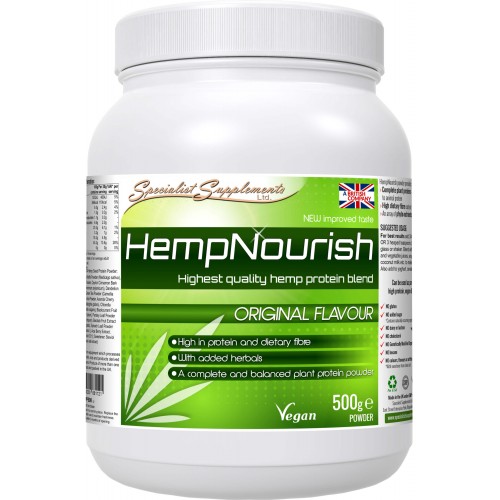
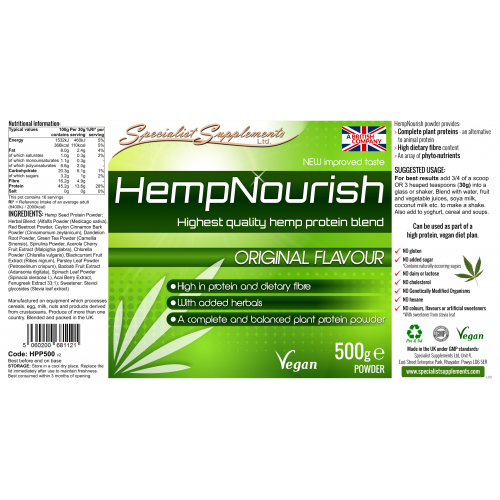




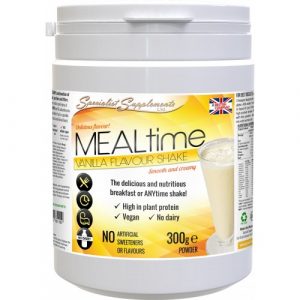
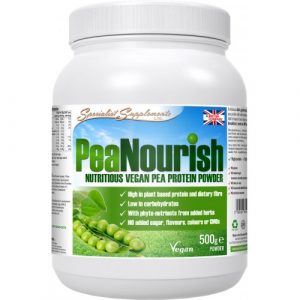
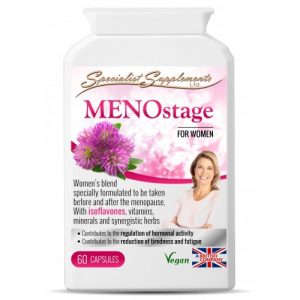
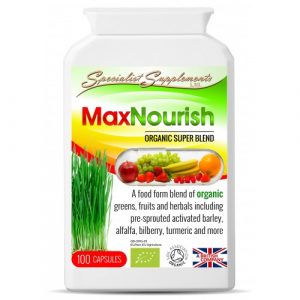
Reviews
There are no reviews yet.